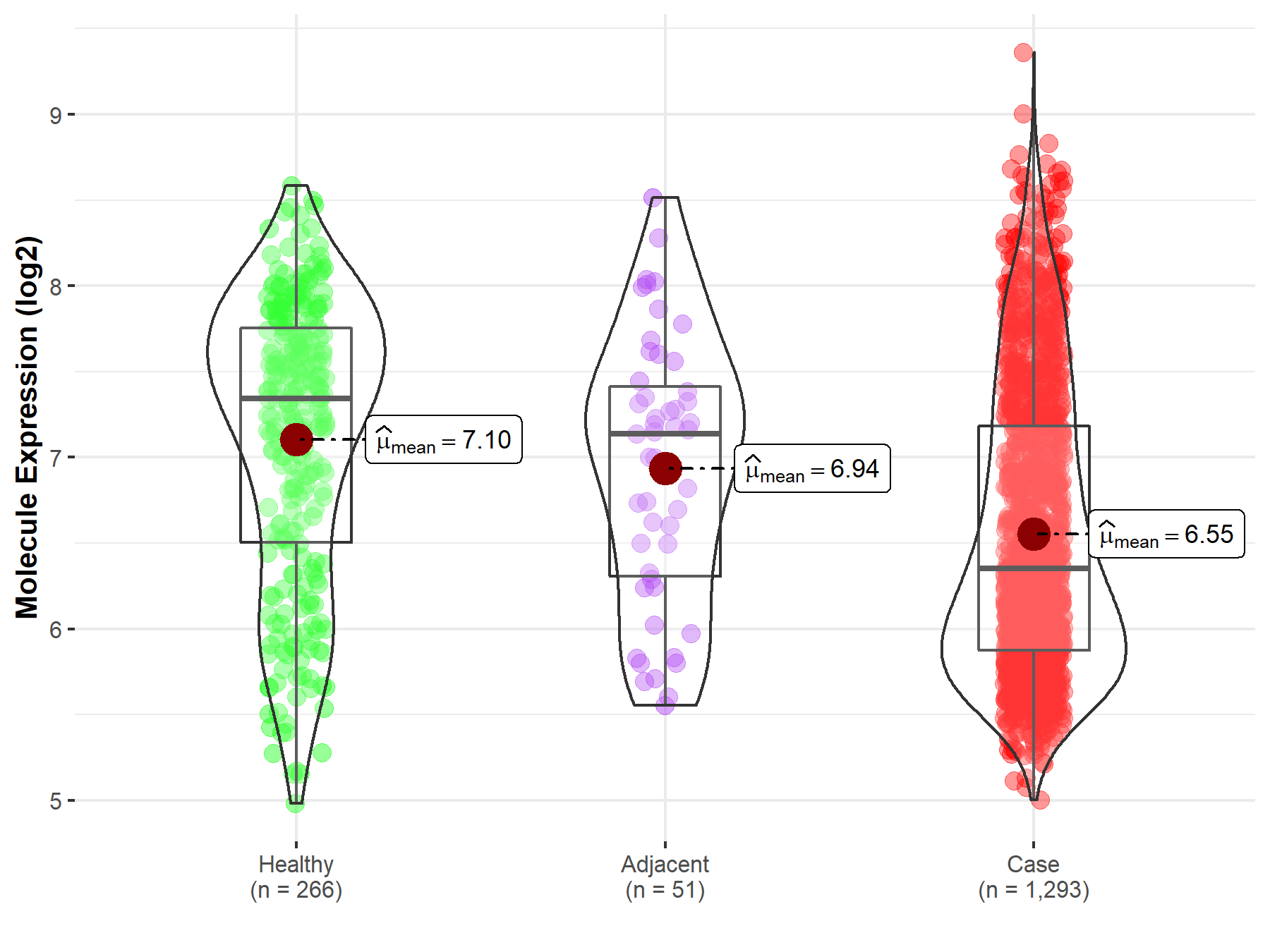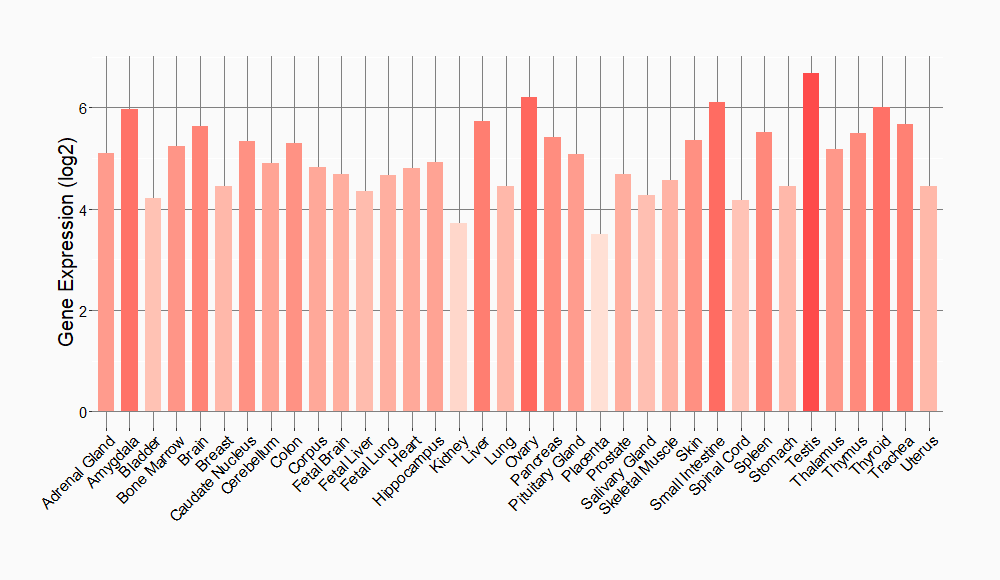Molecule Information
General Information of the Molecule (ID: Mol00271)
| Name |
E3 ubiquitin-protein ligase CBL (CBL)
,Homo sapiens
|
||||
|---|---|---|---|---|---|
| Synonyms |
Casitas B-lineage lymphoma proto-oncogene; Proto-oncogene c-Cbl; RING finger protein 55; RING-type E3 ubiquitin transferase CBL; Signal transduction protein CBL; CBL2; RNF55
Click to Show/Hide
|
||||
| Molecule Type |
Protein
|
||||
| Gene Name |
CBL
|
||||
| Gene ID | |||||
| Location |
chr11:119206298-119313926[+]
|
||||
| Sequence |
MAGNVKKSSGAGGGSGSGGSGSGGLIGLMKDAFQPHHHHHHHLSPHPPGTVDKKMVEKCW
KLMDKVVRLCQNPKLALKNSPPYILDLLPDTYQHLRTILSRYEGKMETLGENEYFRVFME NLMKKTKQTISLFKEGKERMYEENSQPRRNLTKLSLIFSHMLAELKGIFPSGLFQGDTFR ITKADAAEFWRKAFGEKTIVPWKSFRQALHEVHPISSGLEAMALKSTIDLTCNDYISVFE FDIFTRLFQPWSSLLRNWNSLAVTHPGYMAFLTYDEVKARLQKFIHKPGSYIFRLSCTRL GQWAIGYVTADGNILQTIPHNKPLFQALIDGFREGFYLFPDGRNQNPDLTGLCEPTPQDH IKVTQEQYELYCEMGSTFQLCKICAENDKDVKIEPCGHLMCTSCLTSWQESEGQGCPFCR CEIKGTEPIVVDPFDPRGSGSLLRQGAEGAPSPNYDDDDDERADDTLFMMKELAGAKVER PPSPFSMAPQASLPPVPPRLDLLPQRVCVPSSASALGTASKAASGSLHKDKPLPVPPTLR DLPPPPPPDRPYSVGAESRPQRRPLPCTPGDCPSRDKLPPVPSSRLGDSWLPRPIPKVPV SAPSSSDPWTGRELTNRHSLPFSLPSQMEPRPDVPRLGSTFSLDTSMSMNSSPLVGPECD HPKIKPSSSANAIYSLAARPLPVPKLPPGEQCEGEEDTEYMTPSSRPLRPLDTSQSSRAC DCDQQIDSCTYEAMYNIQSQAPSITESSTFGEGNLAAAHANTGPEESENEDDGYDVPKPP VPAVLARRTLSDISNASSSFGWLSLDGDPTTNVTEGSQVPERPPKPFPRRINSERKAGSC QQGSGPAASAATASPQLSSEIENLMSQGYSYQDIQKALVIAQNNIEMAKNILREFVSISS PAHVAT Click to Show/Hide
|
||||
| Function |
Adapter protein that functions as a negative regulator of many signaling pathways that are triggered by activation of cell surface receptors. Acts as an E3 ubiquitin-protein ligase, which accepts ubiquitin from specific E2 ubiquitin-conjugating enzymes, and then transfers it to substrates promoting their degradation by the proteasome. Ubiquitinates SPRY2. Ubiquitinates EGFR. Recognizes activated receptor tyrosine kinases, including KIT, FLT1, FGFR1, FGFR2, PDGFRA, PDGFRB, CSF1R, EPHA8 and KDR and terminates signaling. Recognizes membrane-bound HCK, SRC and other kinases of the SRC family and mediates their ubiquitination and degradation. Participates in signal transduction in hematopoietic cells. Plays an important role in the regulation of osteoblast differentiation and apoptosis. Essential for osteoclastic bone resorption. The 'Tyr-731' phosphorylated form induces the activation and recruitment of phosphatidylinositol 3-kinase to the cell membrane in a signaling pathway that is critical for osteoclast function. May be functionally coupled with the E2 ubiquitin-protein ligase UB2D3. In association with CBLB, required for proper feedback inhibition of ciliary platelet-derived growth factor receptor-alpha (PDGFRA) signaling pathway via ubiquitination and internalization of PDGFRA.
Click to Show/Hide
|
||||
| Uniprot ID | |||||
| Ensembl ID | |||||
| HGNC ID | |||||
| Click to Show/Hide the Complete Species Lineage | |||||
Type(s) of Resistant Mechanism of This Molecule
Drug Resistance Data Categorized by Drug
Investigative Drug(s)
2 drug(s) in total
| Drug Resistance Data Categorized by Their Corresponding Mechanisms | ||||
|
|
||||
| Disease Class: Breast cancer | [1] | |||
| Resistant Disease | Breast cancer [ICD-11: 2C60.3] | |||
| Resistant Drug | Huaier | |||
| Molecule Alteration | Expression | Down-regulation |
||
| Experimental Note | Revealed Based on the Cell Line Data | |||
| Cell Pathway Regulation | Cell apoptosis | Activation | hsa04210 | |
| Cell apoptosis | Inhibition | hsa04210 | ||
| Cell viability | Activation | hsa05200 | ||
| In Vitro Model | MCF-7 cells | Breast | Homo sapiens (Human) | CVCL_0031 |
| MDA-MB-231 cells | Breast | Homo sapiens (Human) | CVCL_0062 | |
| MDA-MB-468 cells | Breast | Homo sapiens (Human) | CVCL_0419 | |
| Experiment for Molecule Alteration |
Western blot analysis | |||
| Experiment for Drug Resistance |
Flow cytometry assay; MTT assay | |||
| Mechanism Description | CBL was a direct target of miR675-5p, overexpression miR675-5p decreased the expression of CBL. H19/miR675-5p increases cell proliferation by regulating CBL. Huaier extract reduced the expression of H19 and miR675-5p, thereby inhibiting breast cancer progression through increasing CBL. | |||
| Drug Sensitivity Data Categorized by Their Corresponding Mechanisms | ||||
|
|
||||
| Disease Class: Myeloproliferative neoplasm | [2] | |||
| Sensitive Disease | Myeloproliferative neoplasm [ICD-11: 2A22.0] | |||
| Sensitive Drug | Pyridone 6 | |||
| Molecule Alteration | Missense mutation | p.C384R (c.1150T>C) |
||
| Experimental Note | Revealed Based on the Cell Line Data | |||
| In Vitro Model | TF-1 cells | Bone marrow | Homo sapiens (Human) | CVCL_0559 |
| Experiment for Molecule Alteration |
Western blotting analysis | |||
| Experiment for Drug Resistance |
XTT assay | |||
| Mechanism Description | The missense mutation p.C384R (c.1150T>C) in gene CBL cause the sensitivity of JAK inhibitors by unusual activation of pro-survival pathway | |||
Disease- and Tissue-specific Abundances of This Molecule
ICD Disease Classification 02

| Differential expression of molecule in resistant diseases | ||
| The Studied Tissue | Breast tissue | |
| The Specified Disease | Breast cancer | |
| The Expression Level of Disease Section Compare with the Healthy Individual Tissue | p-value: 2.36E-20; Fold-change: -9.89E-01; Z-score: -1.18E+00 | |
| The Expression Level of Disease Section Compare with the Adjacent Tissue | p-value: 1.14E-03; Fold-change: -7.84E-01; Z-score: -1.01E+00 | |
|
Molecule expression in the normal tissue adjacent to the diseased tissue of patients
Molecule expression in the diseased tissue of patients
Molecule expression in the normal tissue of healthy individuals
|
||
| Disease-specific Molecule Abundances |

|
Click to View the Clearer Original Diagram |
Tissue-specific Molecule Abundances in Healthy Individuals


|
||
References
If you find any error in data or bug in web service, please kindly report it to Dr. Sun and Dr. Zhang.
